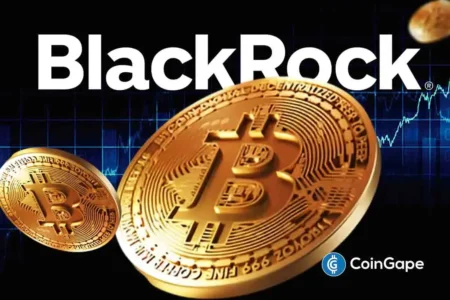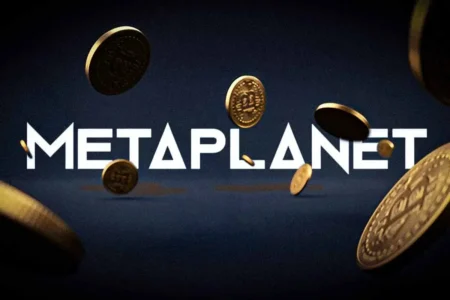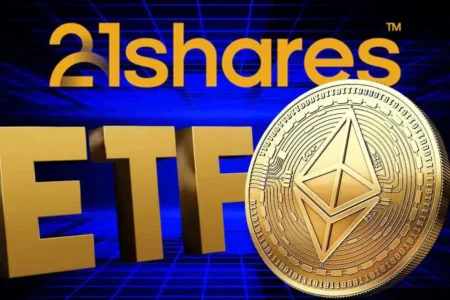Bitcoin’s Rise: The New Safe Haven Asset
As the financial landscape undergoes significant transformations, Bitcoin (BTC) has emerged as a hot topic among investors, increasingly viewed as a valuable asset competing with traditional safe havens like gold. This shift in interest brings to light changing investor sentiments and mounting macroeconomic uncertainties, highlighting Bitcoin’s role in modern investment strategies.
Gold Sees Diminished Demand Amidst Market Changes
Recently, a noticeable change in the market has been observed, pointed out by Eric Balchunas of Bloomberg. Investors are slowly shifting from a sense of fear towards the fear of missing out (FOMO) on newer opportunities beyond gold. In early 2025, gold prices soared to over $3,000 per troy ounce, later climbing to $3,500, a movement that caught many financial experts off guard. Market behaviors suggest that gold might be acting as a Veblen good; as its price increases, so does demand, contradicting classic economic principles. While some analysts report increases in gold prices amidst uncertainty, this momentum is beginning to wane, prompting skepticism about gold’s stability and the potential for sharp corrections.
Bitcoin Competing for Gold’s Throne
Interestingly, Bitcoin is becoming synonymous with gold in conversations about global safe-haven assets. With gold’s momentum wavering, Bitcoin’s limited supply and technological advantages are attracting a faster-growing interest from both retail and institutional investors. CNBC’s crypto trader Ran Neuner cautions that emerging technologies, such as lab-grown gold, may threaten gold’s intrinsic allure. Recently, advancements using CERN’s Large Hadron Collider to transform lead into gold could challenge the long-held perception of gold’s scarcity, favoring Bitcoin’s finite supply instead. This change suggests a broader acceptance of Bitcoin as investors search for reliable and stable assets.
The Ascendancy of Altcoins
In parallel with Bitcoin’s rise, altcoins are also grabbing investors’ attention, signaling a broader market shift. According to analyst Rekt Capital, the altcoin market could rally from a current cap of $250 billion to a potential $315 billion if it holds steady. Ethereum is leading this charge, generating renewed optimism with its recent price surges. Distinct from the broad altcoin boom of 2021, former BitMEX CEO Arthur Hayes predicts a more focused altcoin season this time around, where only strong projects will thrive. With Bitcoin paving the way, coins like XRP and Cardano are gaining traction as risk appetite among investors increases.
Bitcoin’s Transition: From Alternative to Primary Asset
Bitcoin’s evolution as a primary asset, rather than merely an alternative to gold, is evident as gold’s popularity declines. Investors are swiftly shifting their focus, and speculation hints that Bitcoin may be on the cusp of surpassing its previous all-time highs. Currently trading at around $106,006—a two percent increase in just 24 hours—Bitcoin’s ascent reflects a growing consensus among investors that it is the asset to watch in the coming months.
The Growing Role of Digital Assets
The increasing acceptance of Bitcoin and other cryptocurrencies underscores a pivotal transition in the asset management world. As investors become disillusioned with traditional assets like gold due to various factors, including technological advancements and market volatility, digital currencies are likely to take center stage. This evolution highlights the importance of remaining agile in investment strategies and adapting to new realities in the financial landscape.
Conclusion: A Future Built on Innovation and Adaptation
Investors must keep pace with rapidly changing market dynamics and the innovative technologies shaping the future of value storage and transfer. As Bitcoin and altcoins rise in popularity, traditional assets like gold may need to reassess their positions in investor portfolios. The continued popularity of digital currencies signifies not just a shift in asset preferences but also a broader technological evolution in the financial sector. By monitoring these developments, investors can better position themselves to embrace the future of finance that is now being sculpted right before our eyes.
















